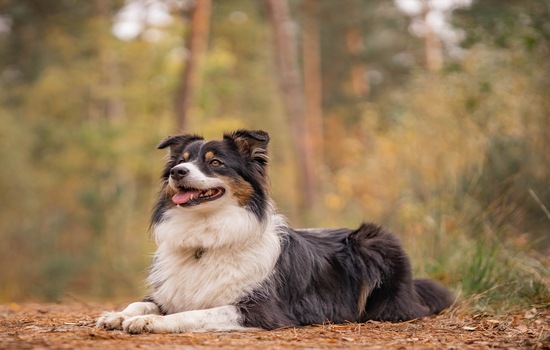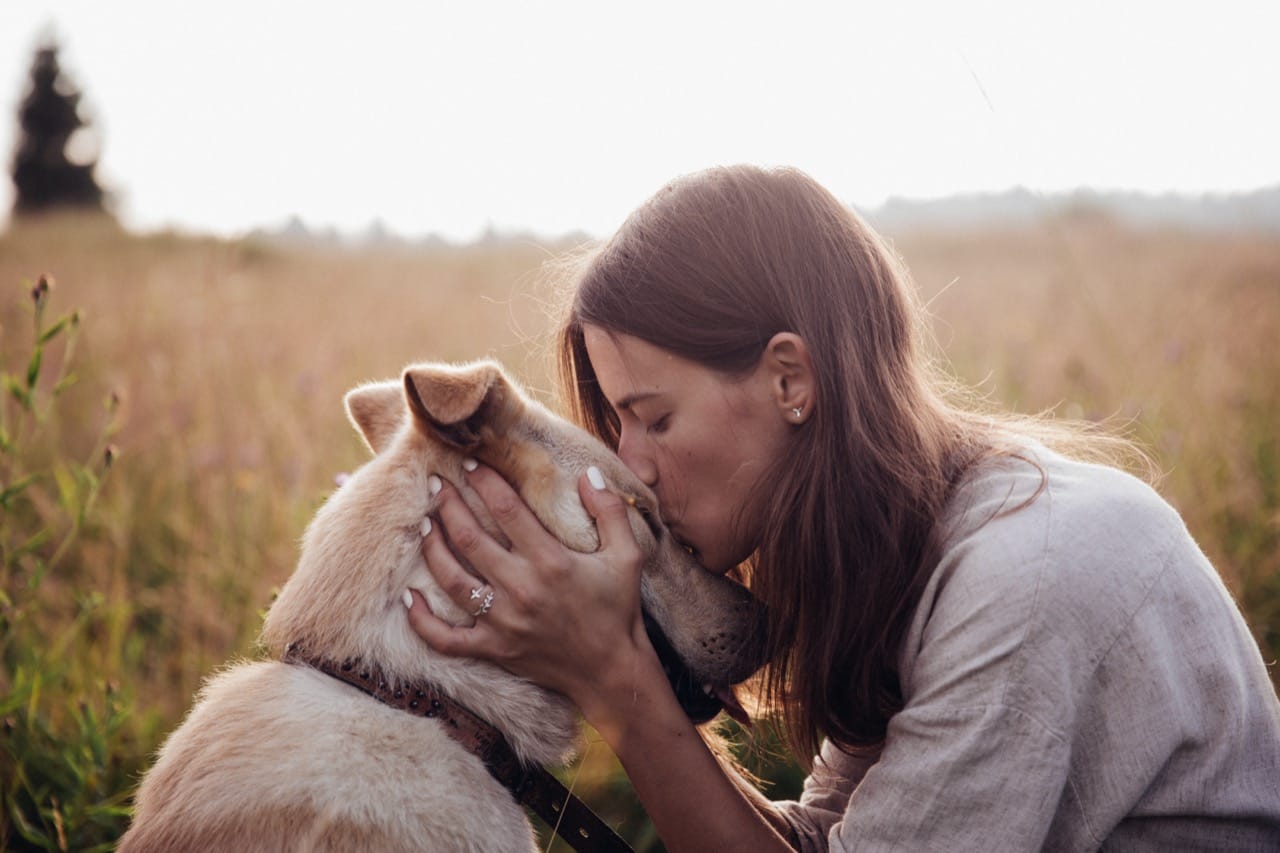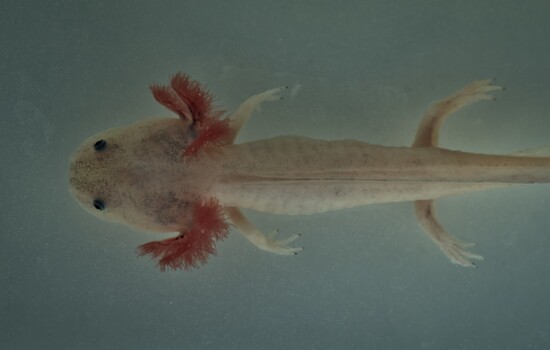What Breed Is Santa’s Little Helper? Inside The Simpsons’ Famous Dog
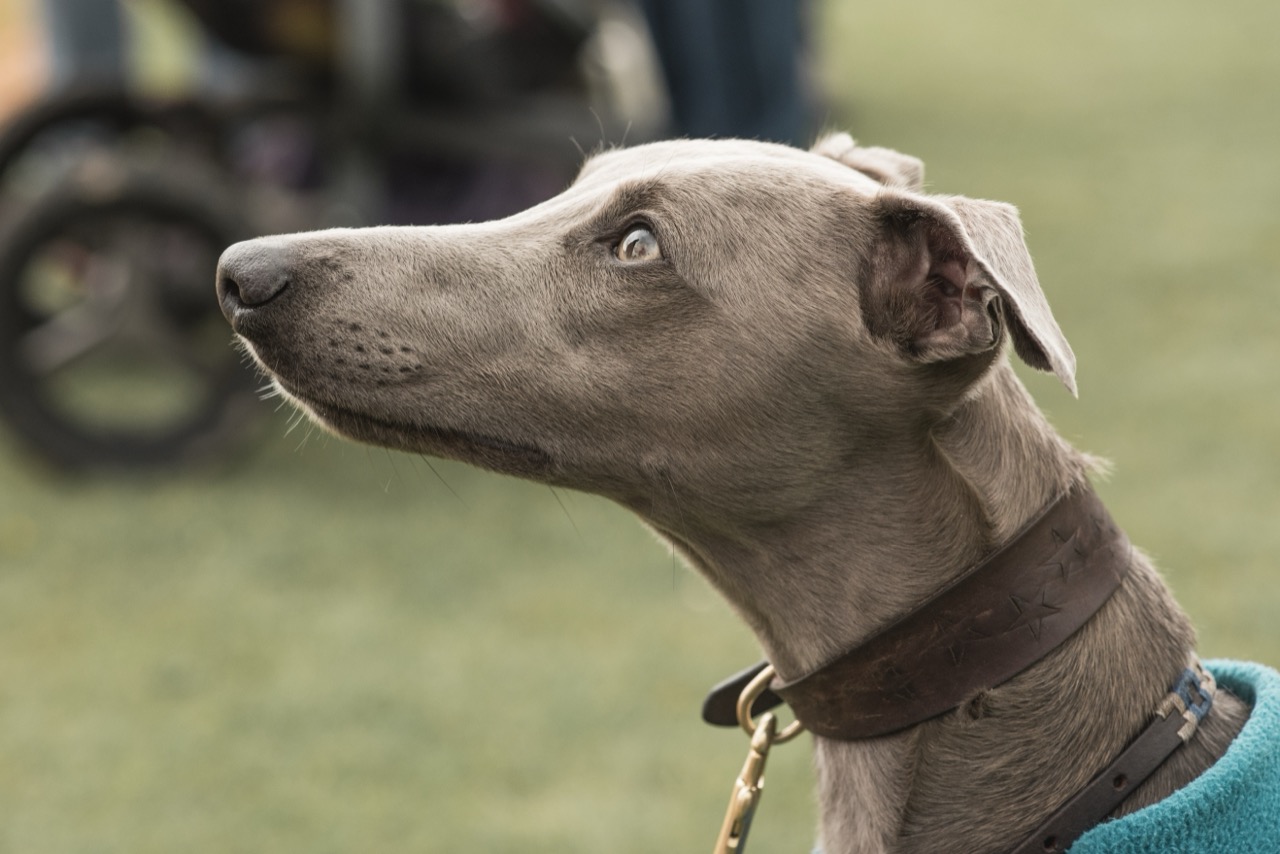
One of the most beloved TV pets is Bart Simpson’s dog, Santa’s Little Helper. This skinny, brown dog has been part of The Simpsons since its debut in 1989, captivating audiences as the show approaches its 36th season. Even now, he continues to entertain with standout episodes and memorable scenes.
What Breed Is Santa’s Little Helper?
Many fans have debated the true breed of this animated canine. Some suggest he could be a greyhound, whippet, sloughi, or lurcher. However, a closer look at his origins in the pilot episode helps clear up the mystery.
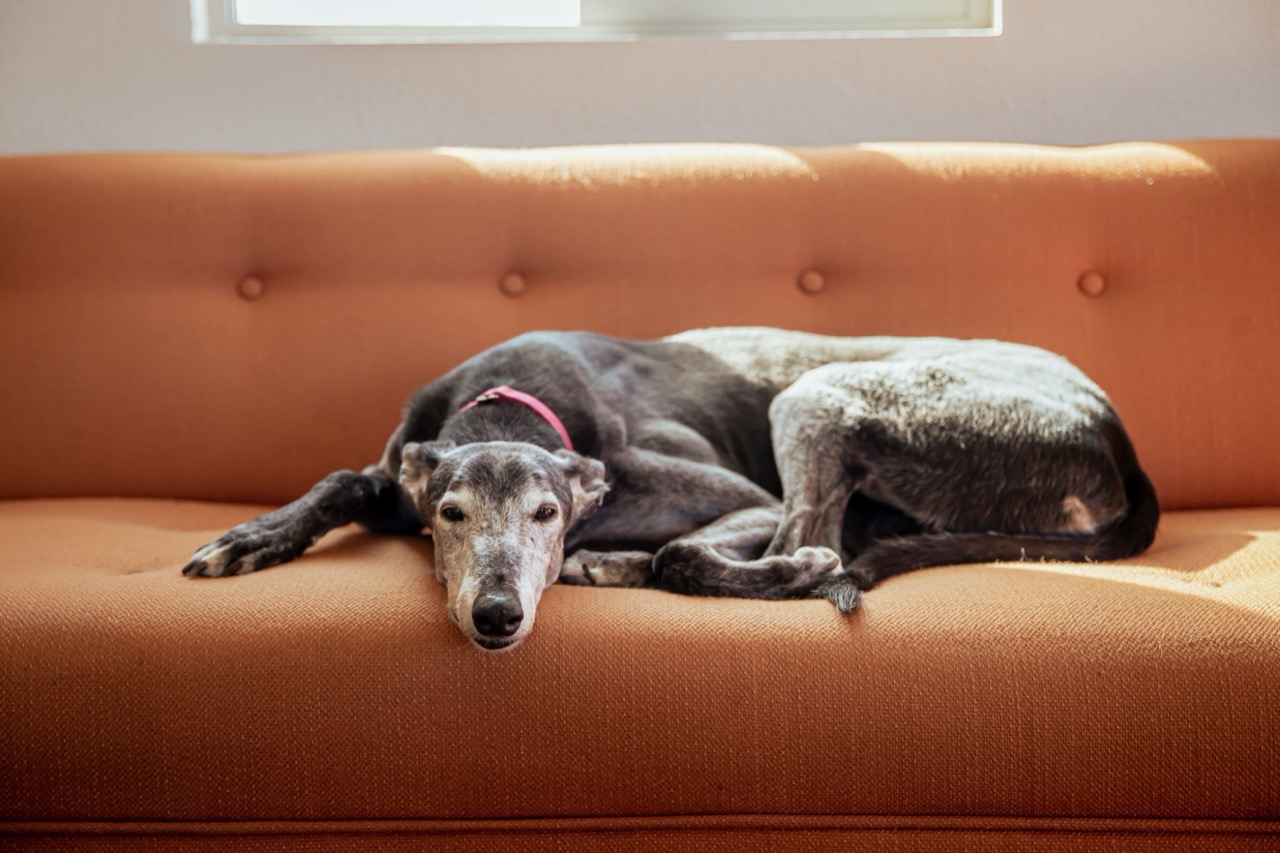
The Simpson Family’s First Encounter with Santa’s Little Helper
In *The Simpsons*’ inaugural episode, “Simpsons Roasting on an Open Fire,” which aired on December 17, 1989, the family struggles financially after Bart’s ill-fated decision to get a “Mother” tattoo removed. Homer, unable to afford gifts, takes a job as a mall Santa but risks his pay at the dog track in a desperate move to salvage Christmas. The dog he bets on, a longshot named Santa’s Little Helper, finishes last.
Dejected, Homer and Bart spot the dog’s owner angrily discarding him in the parking lot. The rejected pup sprints into Homer’s arms, and, after Bart pleads to keep him, Homer reluctantly agrees, saying, “But he’s a loser, he’s pathetic, he’s… a Simpson.” And thus, a TV legend was born.
Santa’s Little Helper Is a Greyhound
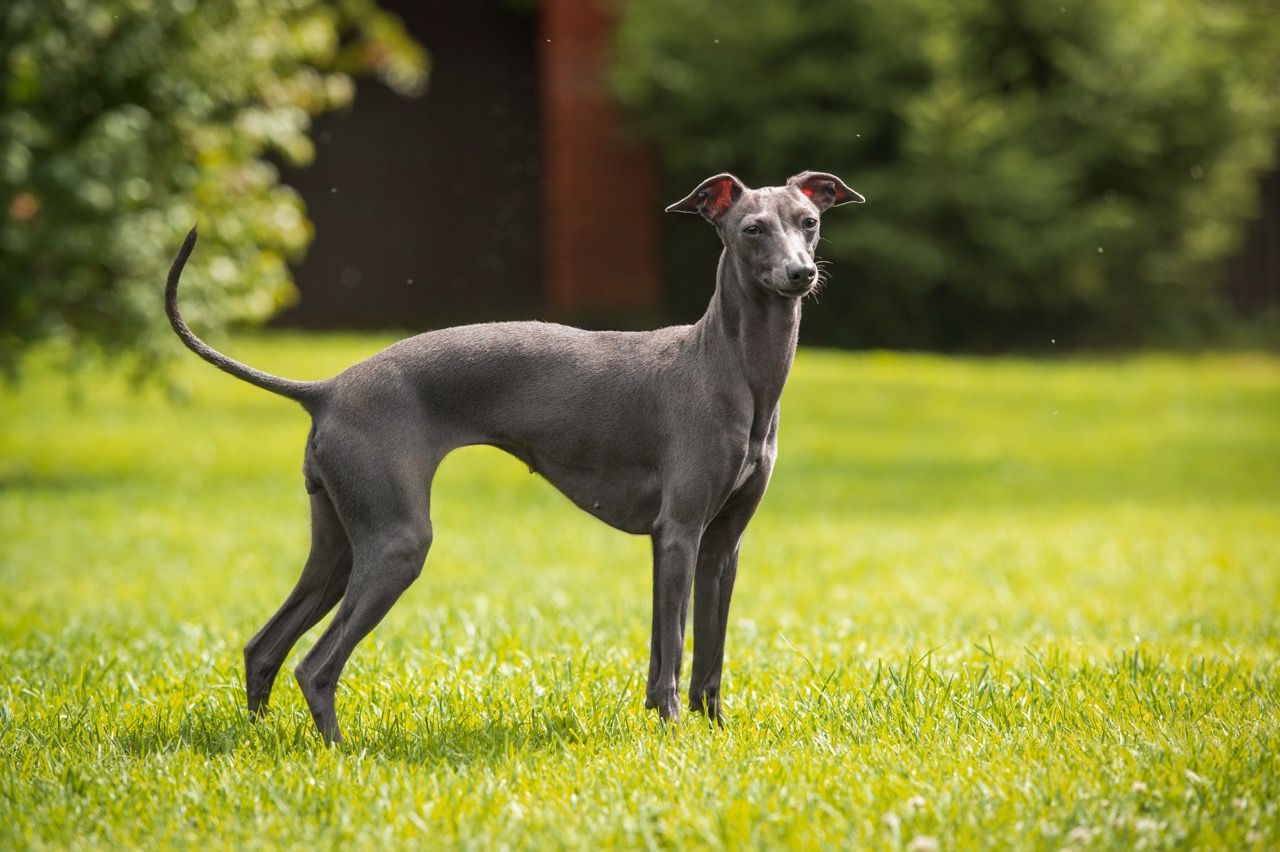
Although there are various breeds of racing hounds, greyhounds dominate the sport. Known for reaching speeds of up to 45 mph, they’re the fastest dogs in the world. Given Santa’s Little Helper’s appearance and backstory at the racetrack, he is most certainly a greyhound. But what else confirms this?
Family-Friendly Characteristics
Greyhounds are known for being gentle, loving pets who thrive in family settings. Santa’s Little Helper embodies these traits—cuddling with Bart and playing with the Simpson children. Although he occasionally causes mischief when bored, he’s a loyal, affectionate dog.
Greyhounds are typically non-aggressive, making them well-suited for homes with kids. This is evident in how Santa’s Little Helper interacts with the Simpson household, including Lisa’s cat, Snowball II, as long as he’s not triggered by his hunting instinct.
High Energy and Destructiveness
While low-maintenance in terms of grooming, greyhounds are high-energy dogs that require daily exercise. Without it, they can become destructive—a trait frequently portrayed by Santa’s Little Helper as he chews up items around the house in different episodes.
Independent and Stubborn Nature
Santa’s Little Helper’s breed characteristics extend to his independence. The term “greyhound” comes from Old English, meaning “dog hunter,” highlighting their heritage as sight hounds. Unlike scent hounds, greyhounds rely on vision for hunting and are less inclined to follow commands, making training challenging.
The episode “Bart’s Dog Gets an F” exemplifies this stubbornness. When Homer threatens to get rid of him unless he passes obedience school, Santa’s Little Helper only manages to scrape by.
An Athlete’s Build
Both greyhounds and whippets share similar athletic builds—deep chests, slender waists, and visible rib cages. Santa’s Little Helper’s size and build compared to Bart and Lisa confirm that he is indeed a greyhound.
Intelligence and Versatility
Santa’s Little Helper is a mix of clumsy and clever. While greyhounds rank moderately in intelligence, some studies suggest they may be smarter than average. This duality is shown in the show: Santa’s Little Helper often acts goofy, but he’s also been a police dog, Duff Beer mascot, and attack dog under Mr. Burns’ care.
Voice Actors Behind Santa’s Little Helper
Initially voiced by Frank Welker, known for iconic roles like Scooby-Doo and Fred Jones, Santa’s Little Helper’s voice work was taken over by Dan Castellaneta in 1995, who also voices characters like Homer and Krusty the Clown.
Inspiration for Greyhound Adoption
Santa’s Little Helper not only embodies the characteristics of a greyhound but has also inspired viewers to consider adopting retired racing dogs. His journey from the racetrack to the Simpson family highlights the challenges and joys of giving such dogs a new lease on life, just as the sport faces increasing restrictions in the U.S.





